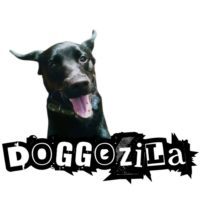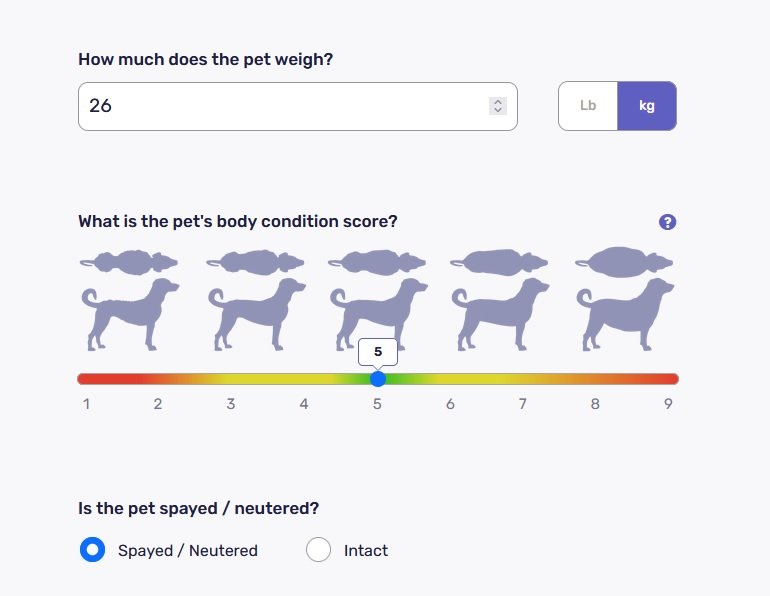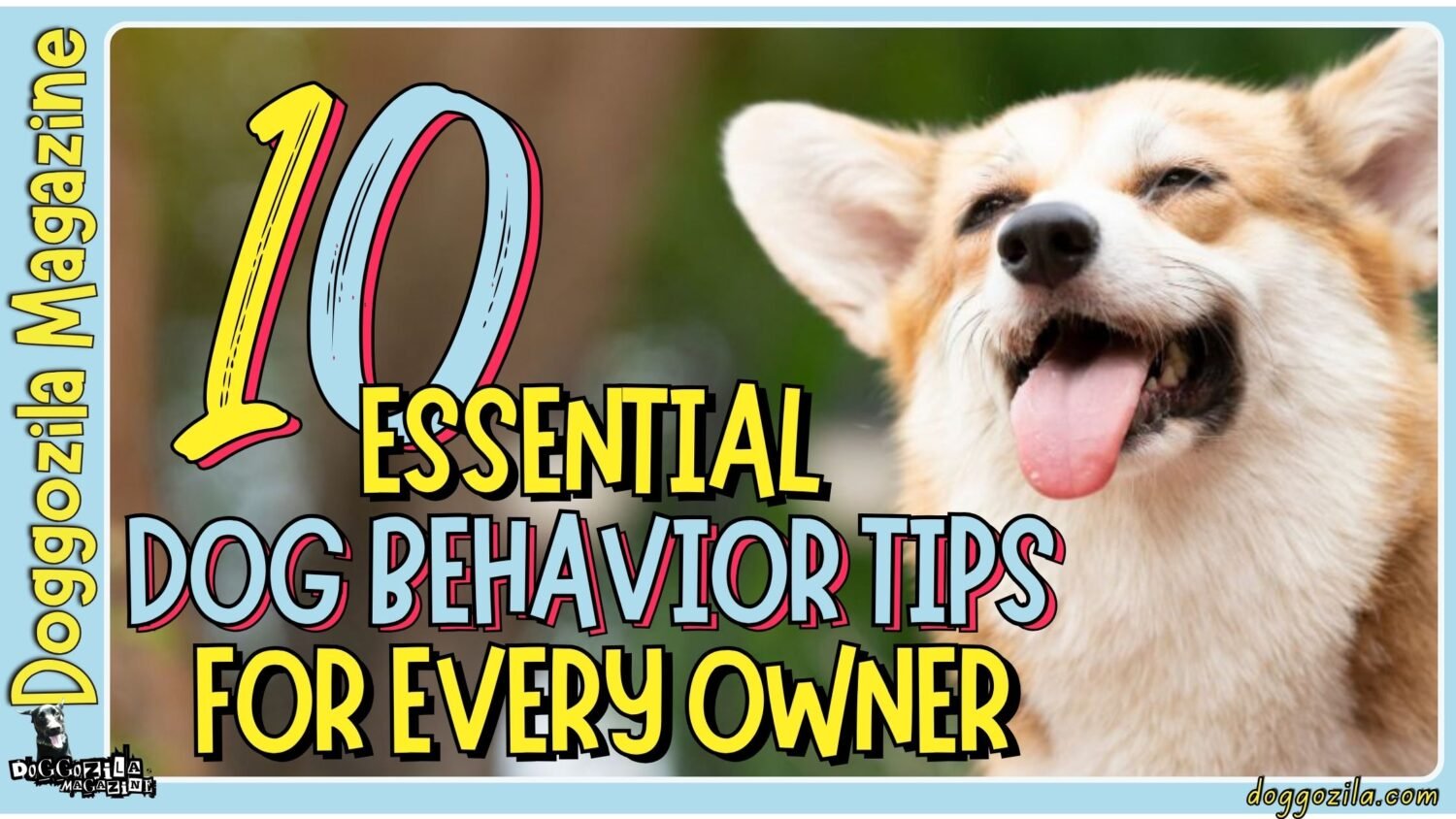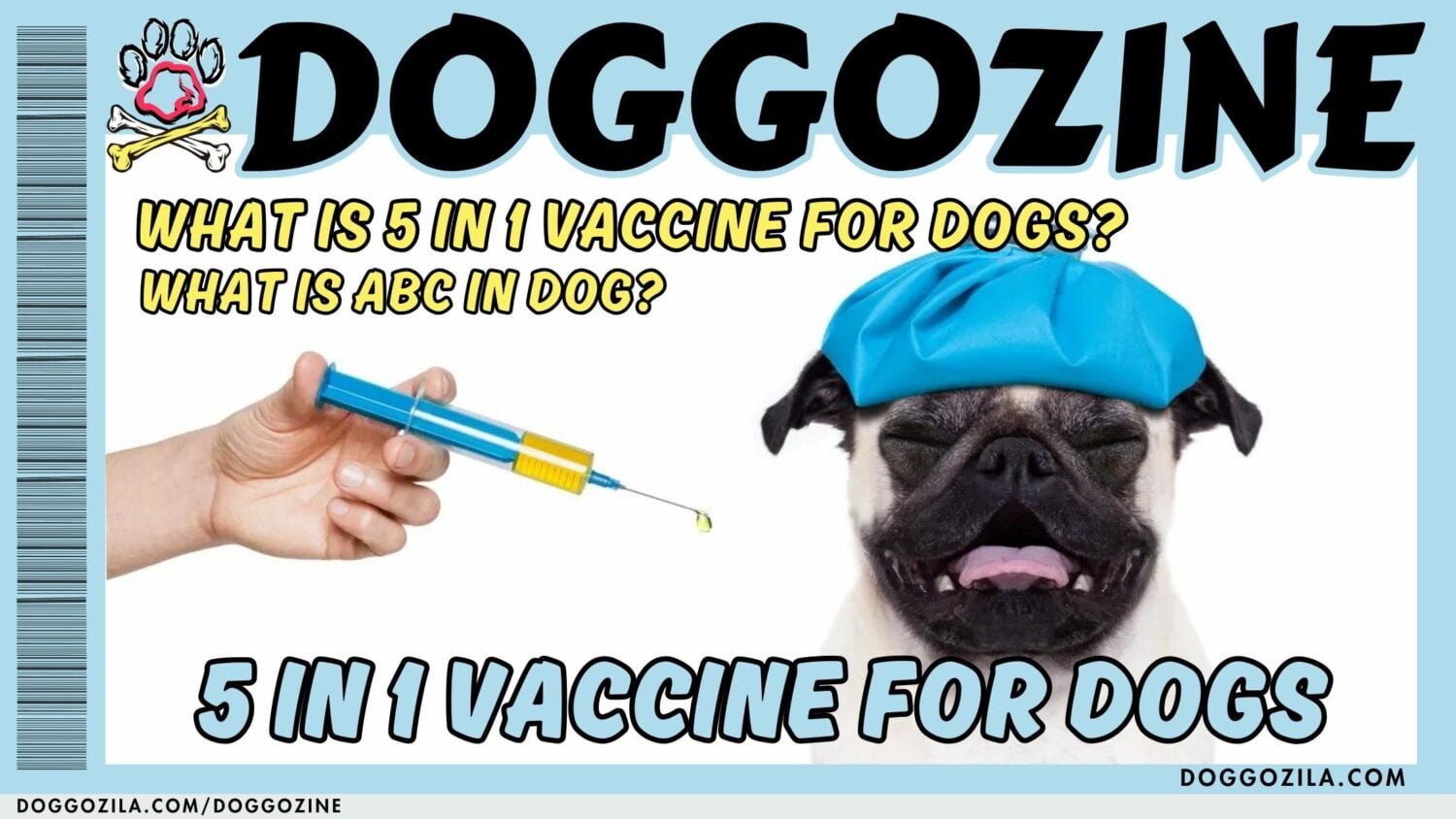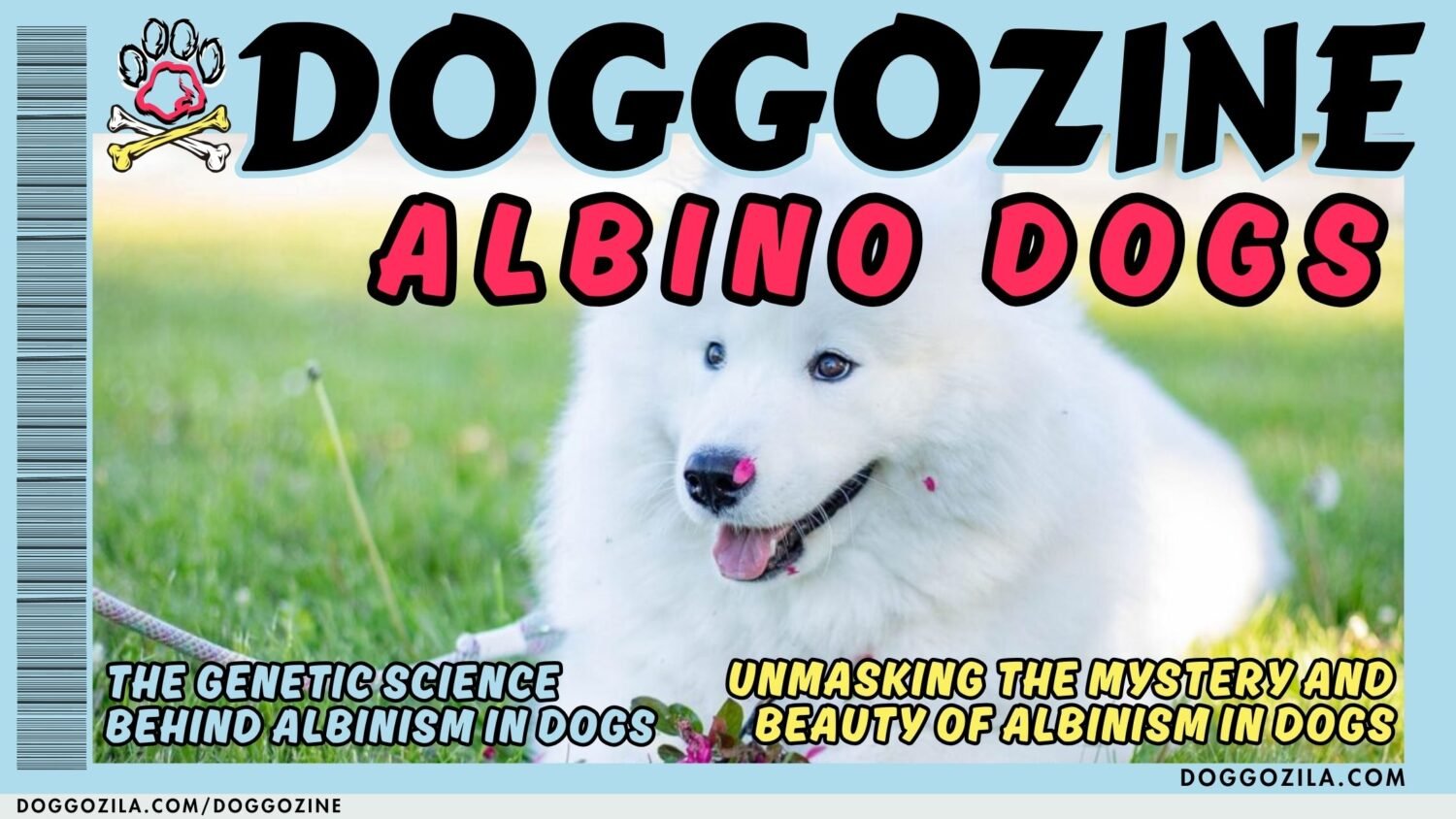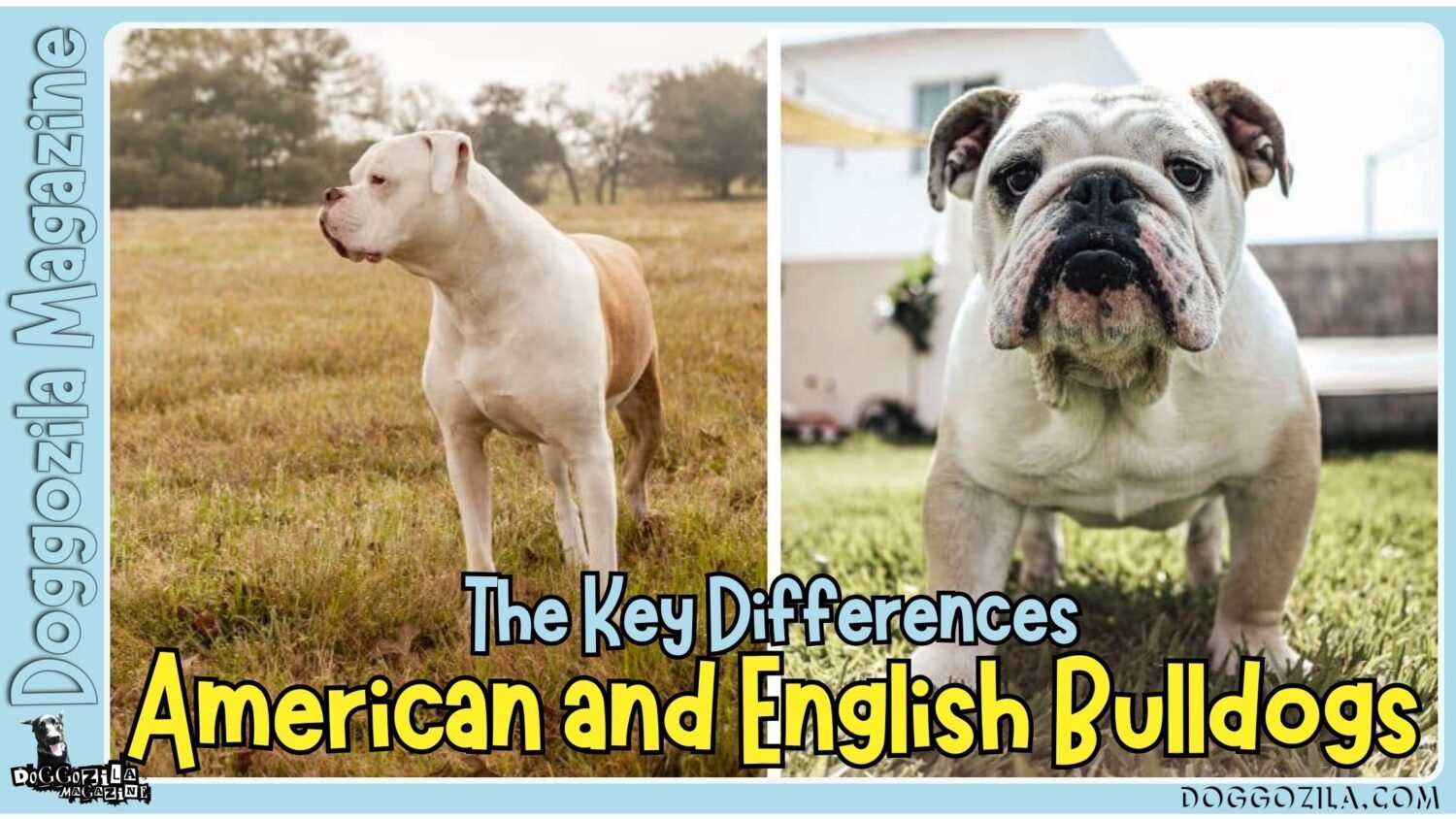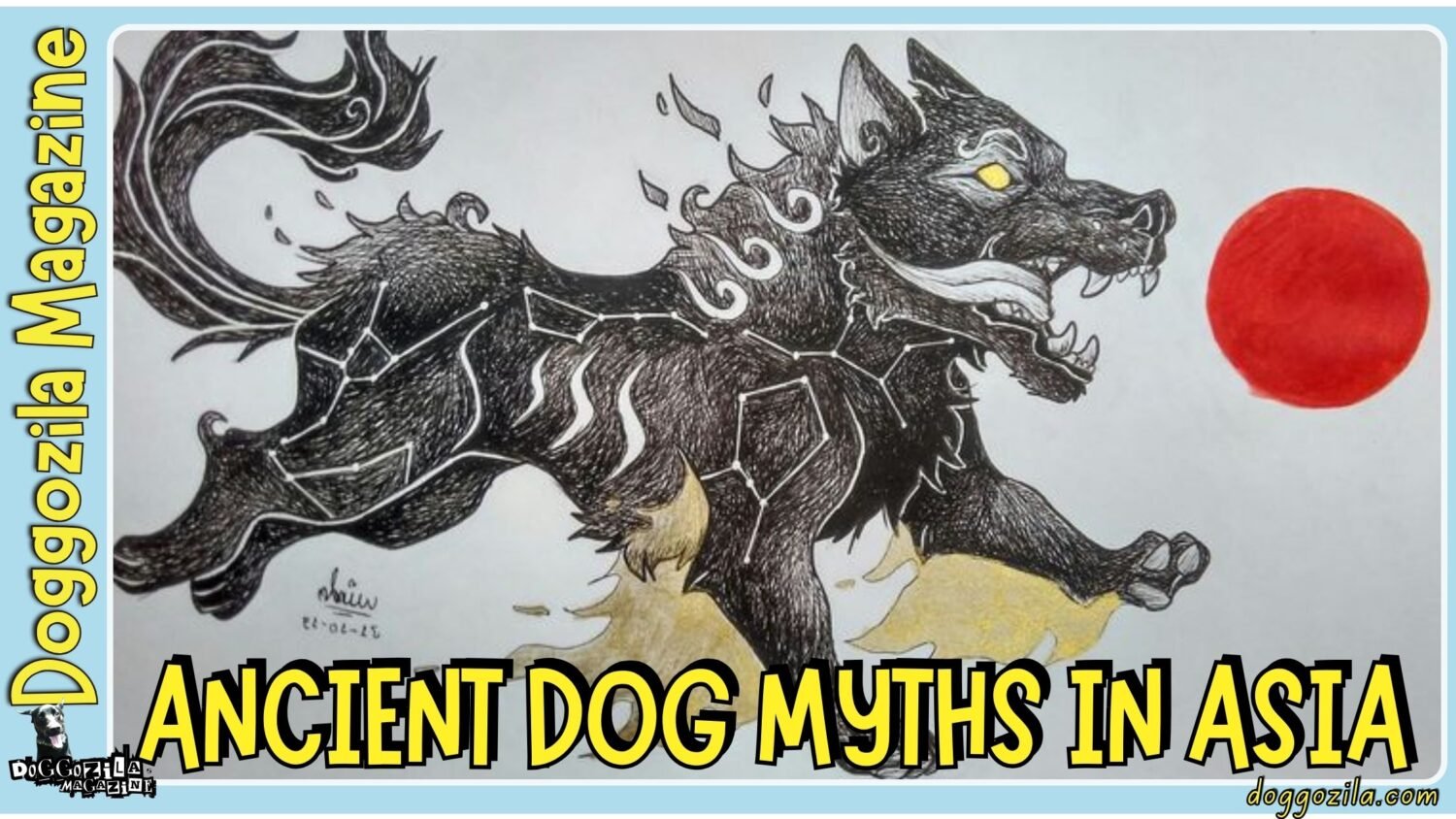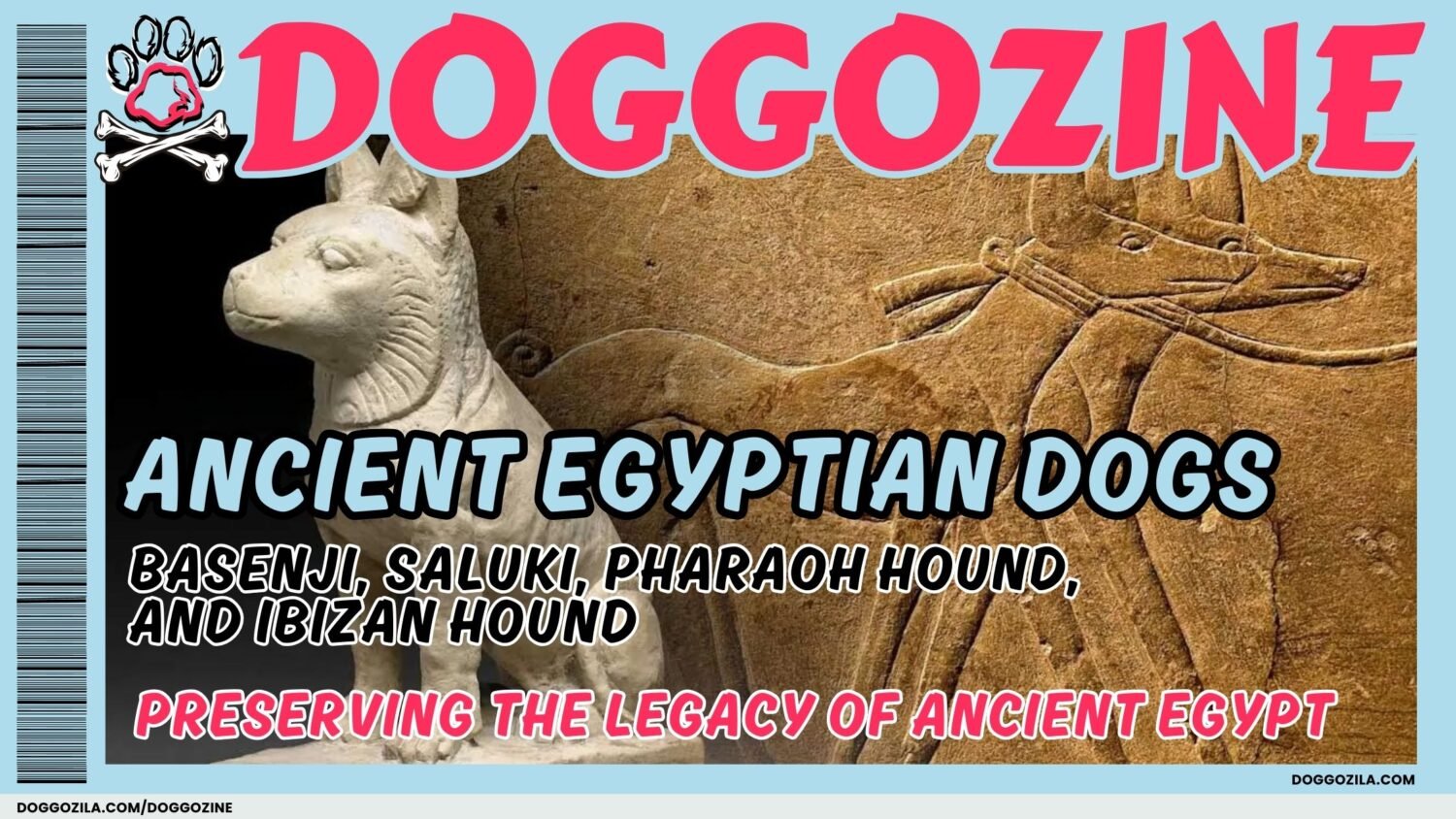As devoted pet parents, we’ve seen countless owners stare at that empty food bowl with the same puzzled look. How much should I actually pour? It’s a question that seems simple but holds the key to our dog’s vitality, energy, and long-term health. Getting it just right can feel like a secret superpower for unlocking a longer, happier life for your furry friend. This comprehensive dog feeding guide will transform you from confused to confident, ensuring every scoop you serve supports your dog’s amazing adventures.
„Stop guessing at mealtime, discover the precise portion secrets that fuel a longer, healthier, and more vibrant life for your dog.“
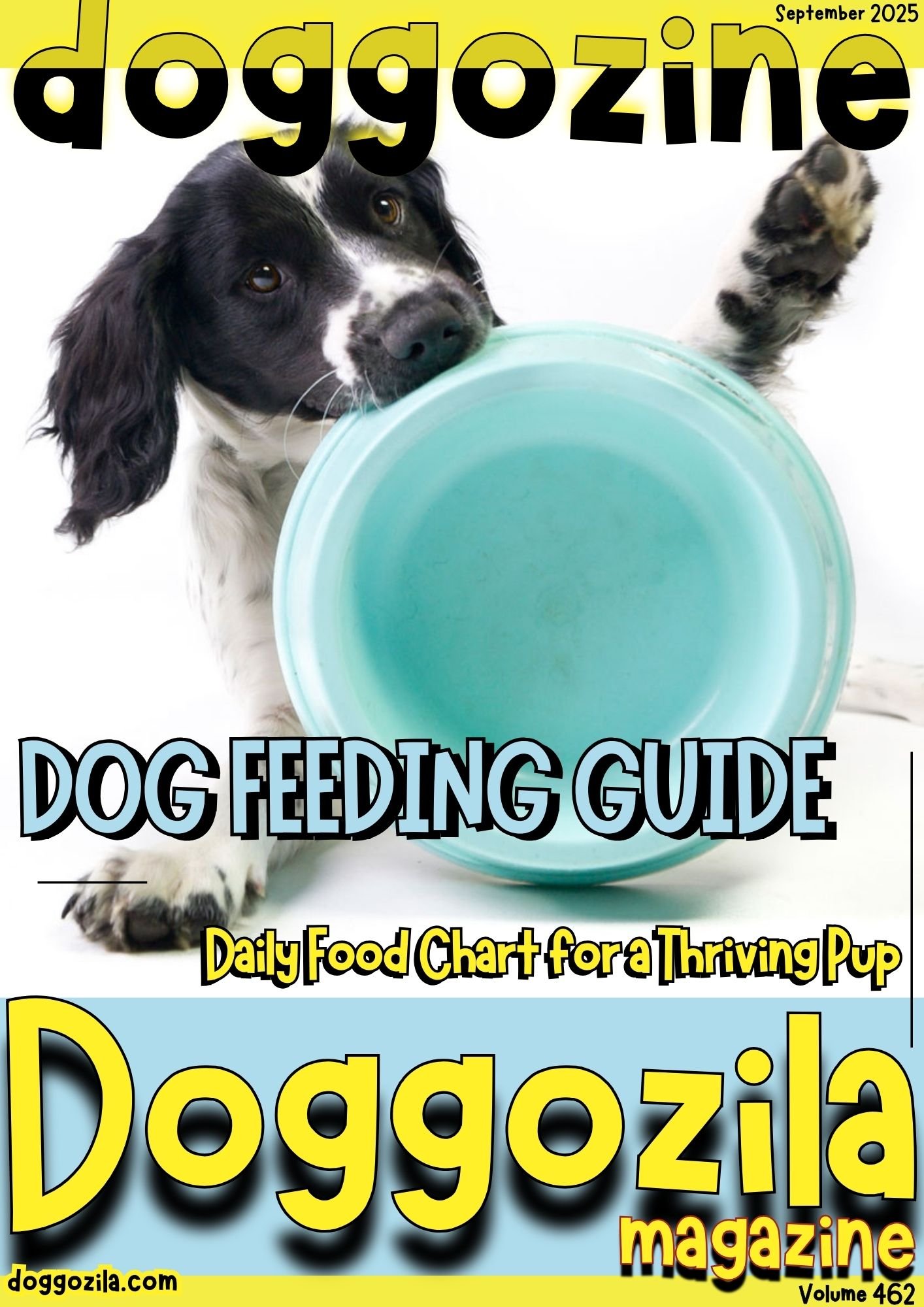
WHY A PRECISE DOG FEEDING GUIDE IS YOUR SECRET WEAPON?
Feeding your dog the right amount does more than just satisfy their hunger, it fundamentally shapes their well-being. Think of a tailored dog feeding guide as your roadmap to preventing a host of future issues. On the other hand, even the highest-quality food can cause problems if served in the wrong quantities. Ultimately, using a detailed dog feeding guide is one of the simplest and most effective acts of love for your pet. It empowers you to make informed decisions that support every wag, woof, and wonderful leap.
Overfeeding is a common mistake that can lead to serious health complications like joint stress, breathing difficulties, and a shortened lifespan. Conversely, underfeeding can leave your dog lacking energy, with a dull coat, and a weakened immune system. Furthermore, a proper feeding plan helps maintain a healthy digestive system, which impacts everything from immunity to mood.
How to Understand The Portion Sizes When You Are Feeding Your Dog?
Understanding the factors that determine portion sizes is the first step in this journey. Every dog is wonderfully unique, and their food needs reflect that individuality. Their age, weight, and daily activity levels are the primary drivers of how many calories they need.
- Start with the label: The best place to begin is with the feeding chart on your dog’s food packaging. These charts are tailored to the specific calorie content of that formula, giving you a solid starting point. Remember, these charts provide a daily amount, so you’ll need to divide that total by the number of meals you serve each day.
- Monitor and adjust: A feeding chart is not a rigid command, it’s a recommendation. You must observe your dog’s body condition and adjust the amount accordingly. If your dog seems to be gaining unwanted weight, slightly reduce the portion, and if they appear too thin, add a little more.
- Consistency is crucial: Once you find the right amount, try to keep portion sizes and mealtimes consistent. This routine helps their digestive system function smoothly and also helps prevent accidents in the house.
How to Use a Dog Feeding Guide for Optimal Health?
Using a dog feeding guide effectively is an interactive process that involves both planning and observation. First, identify your dog’s ideal weight, this might be their current weight or a target goal set with your veterinarian. Then, match that weight to the recommendations on your dog food’s packaging or a general chart like the one later in this article.
Next, split that total daily amount into two balanced meals, typically one in the morning and one in the evening for adult dogs. This helps regulate their metabolism and prevents them from getting too hungry between meals. Finally, the most important step is to watch your dog and be ready to fine-tune the portions based on their energy levels and physique. This hands-on approach ensures your dog feeding guide evolves with your dog’s life.
The Long-Term Benefits of Healthy Eating Habits
Adhering to a thoughtful dog feeding guide pays off immensely over your dog’s entire life. You will likely see immediate benefits like a shinier coat, higher energy for play, and better digestive health. More importantly, you are actively investing in their long-term wellness. By maintaining a healthy weight, you significantly reduce the strain on their heart and joints, which is vital for their mobility as they age.
This proactive approach can help prevent costly vet bills and health struggles down the road. Ultimately, the goal is to enjoy more happy and healthy years together on endless adventures. A consistent dog feeding guide is a simple yet powerful tool for achieving that dream.
🔑 Key Points: For optimal health, split your dog’s total daily food amount into two balanced meals and fine-tune the portions based on your observations of their energy and physique.
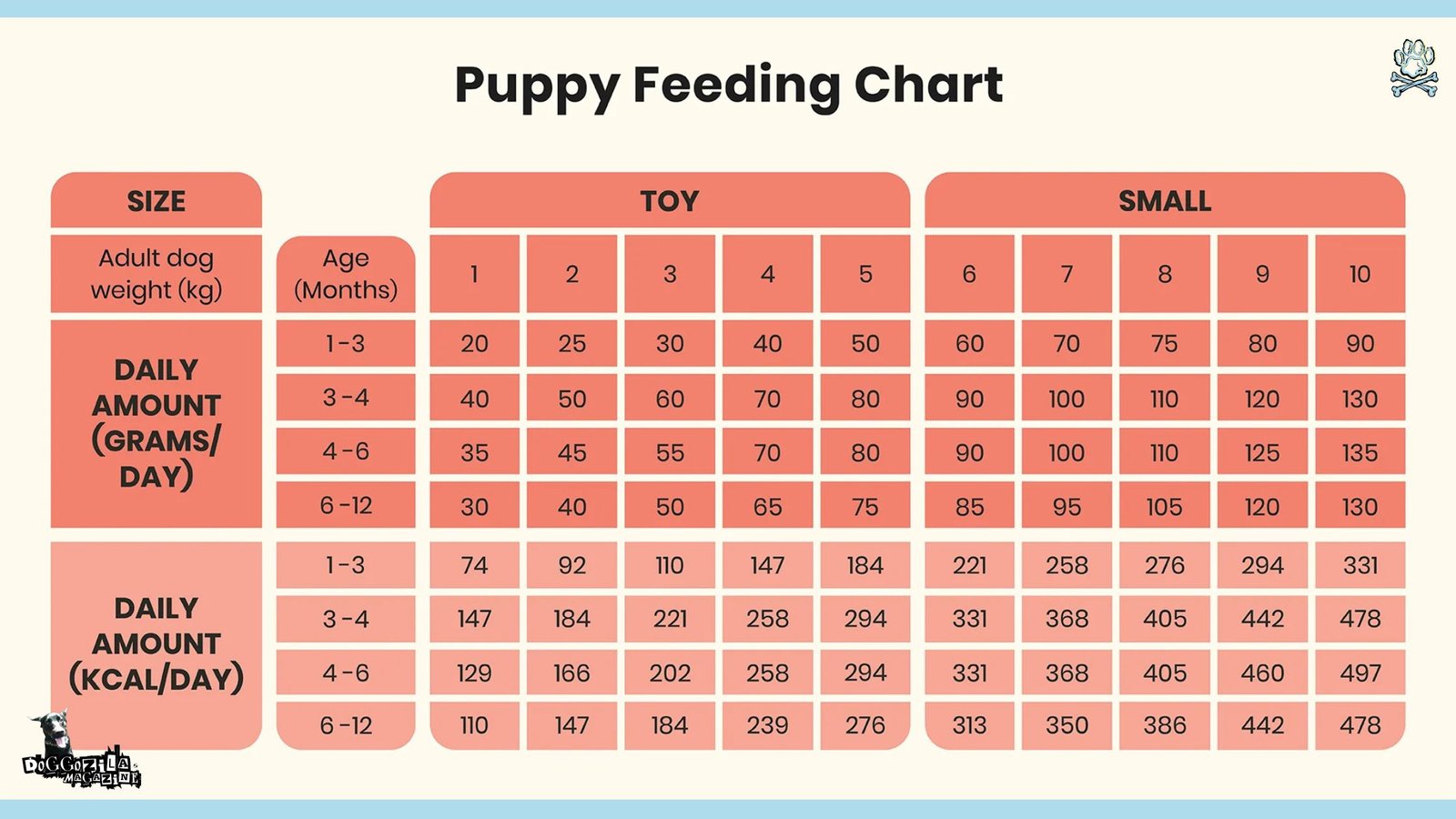
DECODING THE DOG FOOD LABEL: YOUR FIRST STEP IN THE DOG FEEDING GUIDE
That bag of dog food is packed with information, and learning to read it is your first superpower. The nutritional adequacy statement tells you if the food is complete and balanced for a specific life stage, like growth or adulthood. Meanwhile, the ingredient list shows you what’s inside, ordered by weight.
The most critical section for portion control is the feeding guidelines chart, which is required on all packaging. This chart provides recommended daily amounts based on your dog’s weight. However, always remember that these are guidelines for average dogs, and your unique pup might need a slightly different amount. Use this chart as your starting point, then adjust based on your dog’s specific needs and your veterinarian’s advice.
Why the Dog Feeding Guide on the Bag is a Starting Point?
The feeding chart on your dog’s food bag is an essential tool, but it’s not the entire story. These recommendations are based on averages and may not account for your dog’s specific metabolism or lifestyle. For instance, a highly active dog may need more than the chart suggests, while a couch-loving pup may need less.
The calorie content of foods can vary significantly between brands and formulas, so switching foods means you must check the new chart. Therefore, you should view the chart as a helpful launchpad for your feeding strategy, not an unchangeable rule. Your observations are the key to perfecting the plan. This is why a personalized dog feeding guide that goes beyond the bag is so valuable for your pet’s health.
How to Calculate The Calories When You Are Feeding Your Dog?
While measuring in cups is convenient, understanding calories can provide more precision. Dog food packages list the calories per cup or kilogram, usually noted as “kcal.” The amount of exercise your dog gets, their metabolic rate, and their overall health all influence their daily caloric needs. A calorie calculator can provide an estimate, but your dog’s actual needs could be 50% more or less than the average.
This is why partnering with your veterinarian is so valuable for creating a tailored plan. They can help you determine the exact calorie range that will help your dog achieve or maintain their ideal body condition. Incorporating this knowledge into your dog feeding guide adds a layer of scientific accuracy to your feeding routine.
When to Adjust the Standard Dog Feeding Guide?
A great dog feeding guide emphasizes that your dog’s needs will change over time. You will need to adjust portions if your dog is spayed or neutered, as this can lower their energy requirements. Pregnancy or nursing also dramatically increases a female dog’s nutritional needs.
Significant changes in activity level, like starting a new hiking routine, mean you should reassess their food intake. Always consult your vet if your dog needs to gain or lose a substantial amount of weight, as they can provide a safe and effective plan. Regularly updating your dog feeding guide ensures it always meets your dog’s current life stage and lifestyle.
🔑 Key Points: The most critical part of the dog food label for portion control is the feeding guidelines chart, but remember it’s a guideline for average dogs, not a rigid rule for your unique pet.
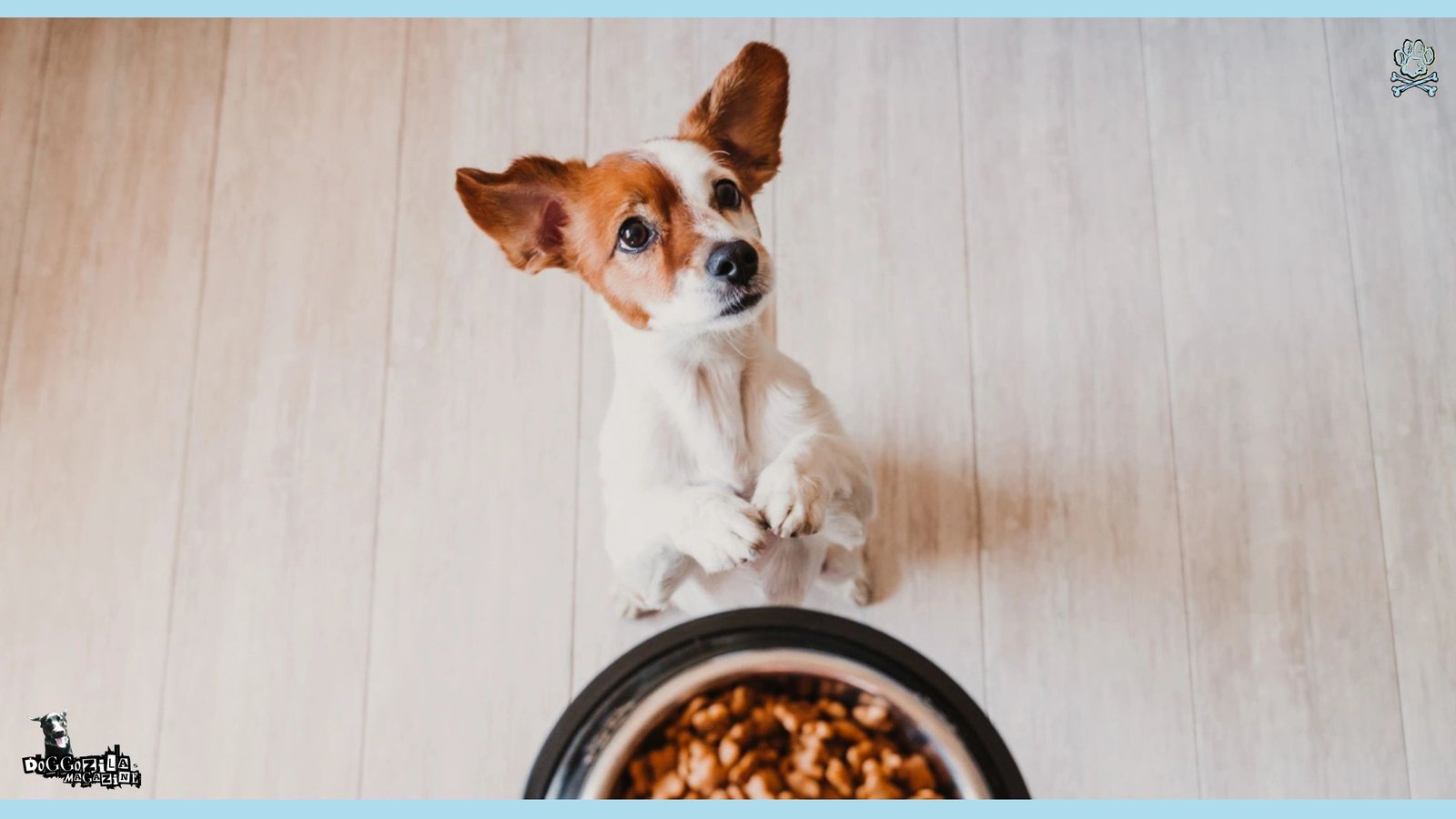
THE ULTIMATE DAILY FOOD CHART: A PRACTICAL DOG FEEDING GUIDE
Having a general reference chart is incredibly helpful for pet parents. The table below offers a sample of what you might see on a bag of dry dog food. Remember, this is for illustrative purposes, and you should always defer to the specific chart on your dog’s food package, as calorie content varies. This chart simplifies the process, but your engagement turns data into results.
For dogs over 100 pounds, you typically add a quarter cup for every additional 10 pounds of body weight. Most importantly, this total amount is meant to be divided between your dog’s meals throughout the day. Use this as a foundation for your own personalized dog feeding guide.
Daily Food Chart for Healthy Dogs
| Dog’s Weight (lbs) | Daily Feeding Amount (cups) |
| 3 – 12 | ⅓ – 1 |
| 13 – 20 | 1 – 1 ⅓ |
| 21 – 35 | 1 ⅓ – 2 |
| 36 – 50 | 2 – 2 ⅔ |
| 51 – 75 | 2 ⅔ – 3 ⅓ |
| 76 – 100 | 3 ⅓ – 4 ¼ |
| 100+ | 4 ¼ + ¼ cup per 10 lbs over 100 |
How to Customize the Feeding Schedule for Puppies?
Puppies have vastly different nutritional needs than adult dogs because they are growing rapidly. They require more calories, protein, and specific nutrients to support their development. Therefore, you should always feed a formula specifically designed for puppies. Puppy feeding charts are often based on their projected adult weight and become more complex as they age.
Large and giant breed puppies, in particular, should eat a large-breed puppy formula to ensure proper bone and joint development. Frequent, smaller meals are necessary for young puppies to maintain their energy levels and support their tiny stomachs. Your veterinarian can provide the best dog feeding guide tailored to your puppy’s breed and growth rate.
Weight Categories & Portions:
- 3–12 lbs
- Puppy (up to 12 months): ½ to 1 cup per day
- Adult (1–7+ years): ¼ to 1 cup per day
- 12–24 lbs
- Puppy: 1 to 2 cups per day
- Adult: 1 to 1 ¾ cups per day
- 24–50 lbs
- Puppy: 2 to 3 cups per day
- Adult: 1 ¾ to 3 cups per day
- 50–80 lbs
- Puppy: 3 to 4 ½ cups per day
- Adult: 3 to 4 cups per day
How to Tailor the Feeding Schedule for Senior Dogs?
As dogs enter their senior years, their metabolism and activity levels often slow down. Veterinarians consider dogs older at different ages depending on their size, a giant breed may be a senior at 7 years, while a toy breed might not until age 12. This often means they require fewer calories to prevent weight gain. Many senior diets are formulated with lower calories and may include supplements for joint health.
However, some older dogs may experience weight loss and need a more calorie-dense food. Regular vet check-ups are essential to adjust your senior dog’s diet to their changing health status. A thoughtful dog feeding guide for a senior dog focuses on maintaining quality of life and managing age-related conditions.
Weight Categories & Portions (with senior notes):
- 3–12 lbs
- Senior (7+ years): ¼ to ¾ cup per day
- Notes: Choose lower-calorie formulas. Add omega-3 for skin and joint health.
- 12–24 lbs
- Senior: ¾ to 1 ½ cups per day
- Notes: Use high-fiber foods for digestion. Avoid excess fat.
- 24–50 lbs
- Senior: 1 ½ to 2 ½ cups per day
- Notes: Include glucosamine and chondroitin. Keep portions steady to prevent weight gain.
- 50–80 lbs
- Senior: 2 ½ to 3 ½ cups per day
- Notes: Feed smaller, more frequent meals. Support mobility with joint supplements.
Related Article Recommendation:
High-Fiber Dog Food Recipes for a Healthy Lifestyle
Extra Senior Feeding Tips:
- Stick to a consistent schedule.
- Monitor weight monthly.
- Add probiotics for digestion.
- Keep treats under 10% of daily calories.
- Always provide fresh water.
How to Use the Dog Feeding Guide for Weight Management?
If your dog is on the heavier side, a dog feeding guide is your best ally for getting them back to a healthy condition. Your veterinarian can help you determine your dog’s ideal weight, which you should use as the target weight when consulting feeding charts. You might need to transition to a weight management formula that is lower in calories but still high in nutrients.
Weight loss for dogs should be gradual and supervised by a professional to ensure it is safe and effective. Combine the adjusted diet with appropriate exercise to help them shed pounds and improve their overall fitness. Celebrate small milestones to stay motivated on the journey to a healthier life. A well-managed dog feeding guide is the cornerstone of any successful canine weight loss plan.
🔑 Key Points: Always defer to the specific feeding chart on your dog’s food package, as calorie content varies between brands; general charts are helpful references but are not a substitute for the instructions for your specific food.
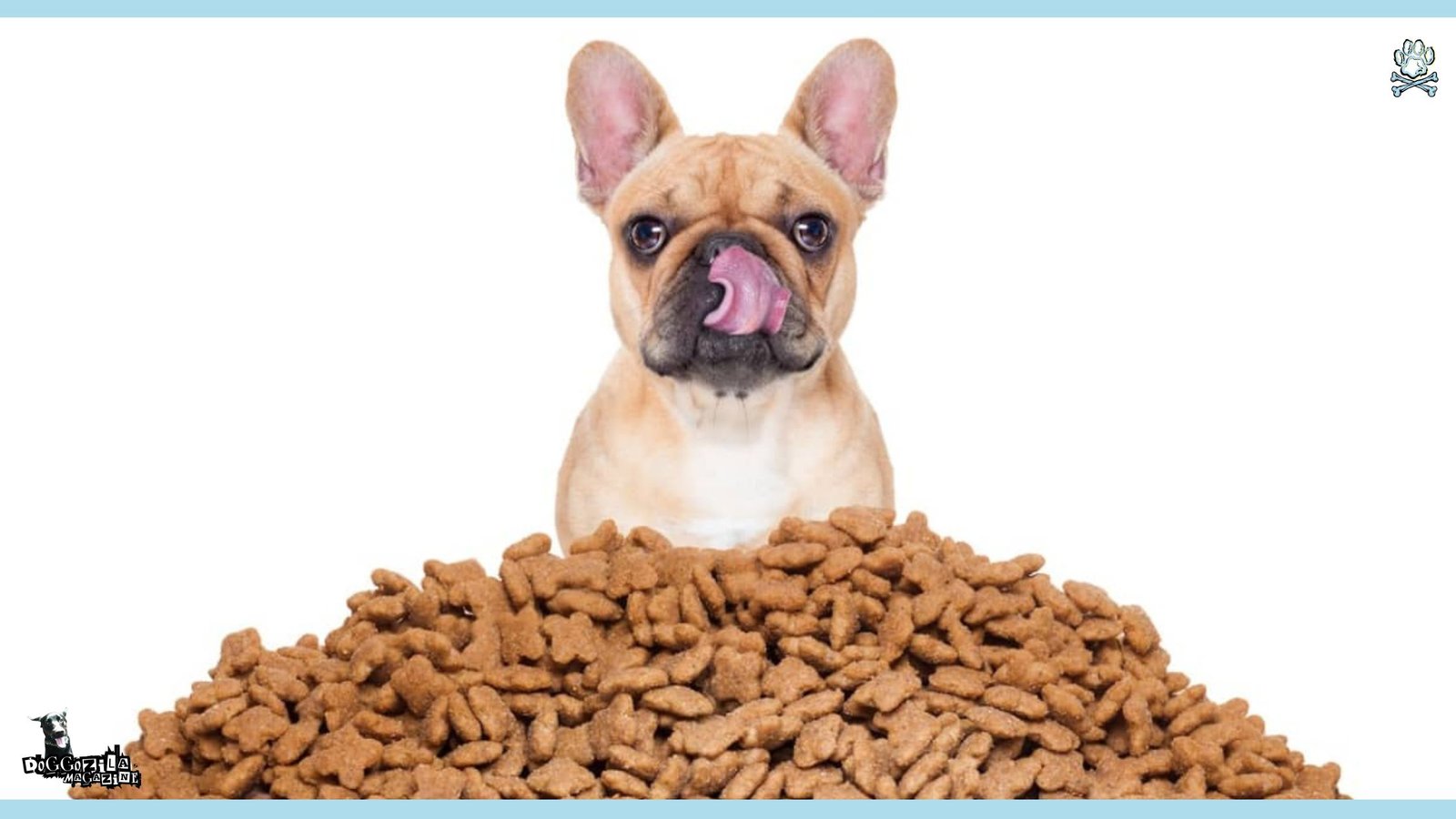
BEYOND THE BOWL: ADVANCED TIPS FOR YOUR DOG FEEDING GUIDE
Modern pet nutrition is embracing exciting trends that can enhance your dog feeding guide. Many owners are now looking beyond traditional kibble to options like fresh, human-grade ingredients that offer superior nutrient quality. There’s also a growing focus on functional ingredients that support specific health areas like digestion, joints, and immunity.
Sustainability is another key trend, with alternative proteins like insects gaining traction for their low environmental impact. Personalization is also big, technology now allows for diets tailored to a dog’s breed, age, and even DNA. Ultimately, these trends are about deepening our commitment to giving our dogs the very best.
The Gut Health Revolution in Your Dog Feeding Guide
A healthy gut is the foundation of a healthy dog, influencing everything from digestion to immune function. Incorporating gut-friendly ingredients is a smart upgrade to any dog feeding guide. Prebiotics act as food for the beneficial bacteria already living in your dog’s intestines. Probiotics, which are live beneficial bacteria, can help repopulate the gut microbiome, especially after a course of antibiotics.
You can also find fermented foods or postbiotics designed for pets to support gut integrity. A balanced gut leads to better nutrient absorption, less gas, and a stronger defense system for your adventurous companion. Including these elements in your dog feeding guide can lead to a visibly happier and healthier dog.
Incorporating Sustainable Proteins into Your Dog Feeding Schedule
As pet parents become more eco-conscious, sustainable proteins are a fantastic way to refresh your dog feeding guide. Insect protein, from sources like black soldier fly larvae, is a complete protein that requires a fraction of the land and water of traditional livestock. It’s also a novel protein, making it a great hypoallergenic option for dogs with sensitivities.
Other novel meats like venison, duck, or kangaroo provide variety and are also excellent for dogs allergic to common proteins like chicken or beef. Some brands even use upcycled ingredients, turning food waste into nutritious meals. This approach allows you to nourish your dog while also caring for the planet, adding an ethical dimension to your dog feeding guide.
Hydration Tips for a Comprehensive Dog Feeding Guide
Water is a nutrient that is often overlooked in a dog feeding guide, but it is absolutely vital for your dog’s health. Proper hydration supports kidney function, digestion, and temperature regulation. You can easily boost your dog’s water intake by adding water or sodium-free bone broth to their kibble.
Feeding wet or fresh food, which has a much higher moisture content than dry kibble, is another effective strategy. Always ensure fresh, clean water is available in multiple locations around your home and especially after exercise. Monitoring your dog’s water intake can also be an early indicator of potential health issues. A truly complete dog feeding guide always prioritizes hydration alongside solid food.
🔑 Key Points: Modern dog nutrition includes trends like focusing on gut health with prebiotics and probiotics, and incorporating sustainable proteins like insect-based food, which can be beneficial for both your dog and the planet.
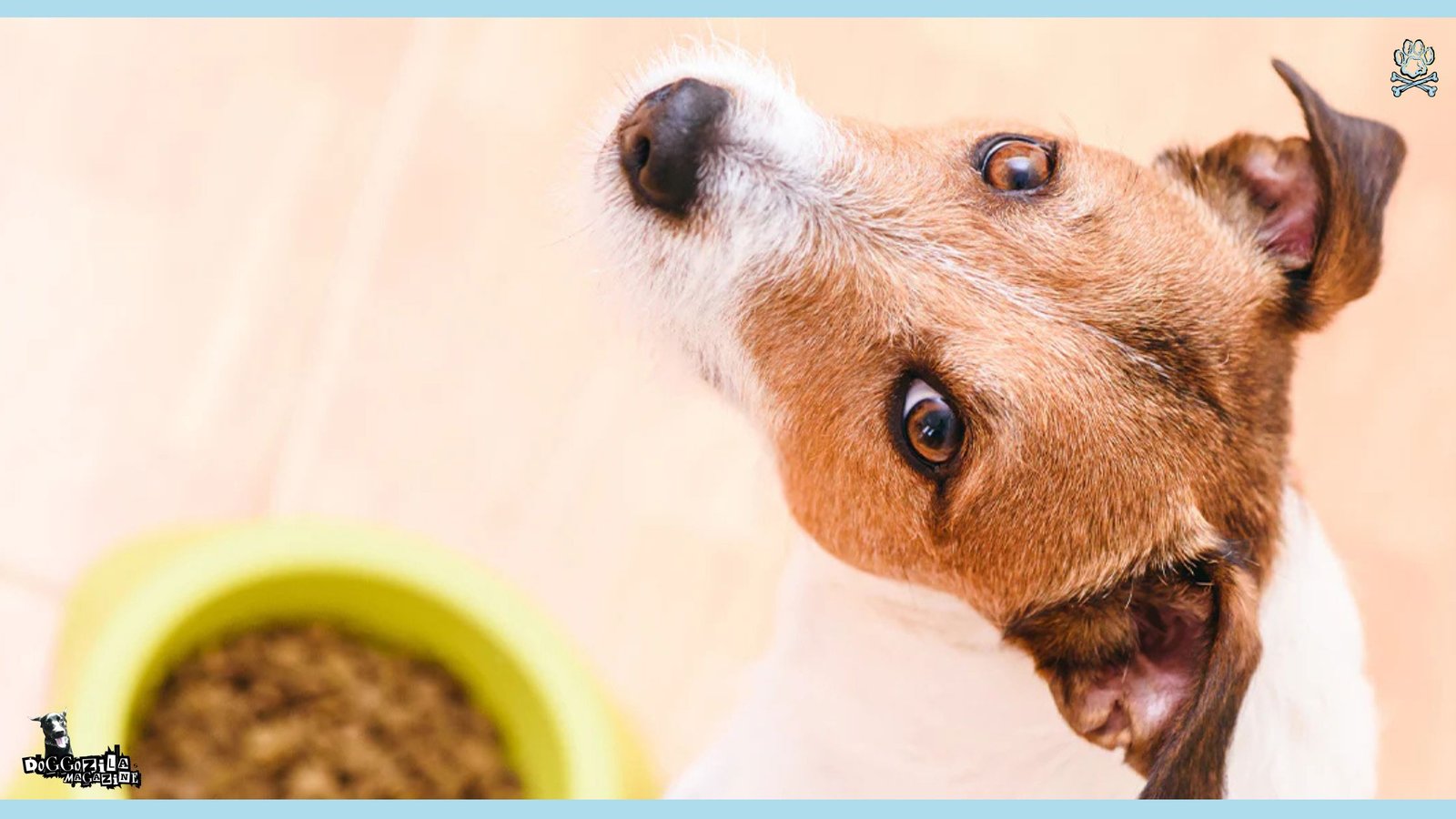
CREATING A PERSONALIZED FEEDING GUIDE FOR YOUR FURRY BEST FRIEND
Crafting the perfect plan requires you to become an observer of your own dog. Their body condition score is a more reliable indicator than the number on the scale alone. You should be able to feel your dog’s ribs without a thick layer of fat, and they should have a visible waist when viewed from above. Their energy levels are another great barometer, a dog that is consistently lethargic or seems hungry all the time might need a dietary adjustment.
Keep a simple log of their weight, food amount, and general condition to spot trends over time. This hands-on approach ensures your dog feeding guide evolves with your dog’s life.
Your Dog Feeding Schedule for Different Life Stages
A puppy’s dietary needs are all about supporting rapid growth and development. They need to be fed a puppy-specific formula three to four times a day when very young. As they mature, you can gradually reduce the frequency of meals while increasing the amount per meal. Adult dogs typically thrive on a stable routine of two meals per day.
Their nutritional needs are about maintenance, so consistency is key. Senior dogs may need a diet change to support aging joints and a slower metabolism, but this varies greatly by individual. Regular veterinary consultations are crucial for navigating each life stage successfully. Adapting your dog feeding guide to these stages is essential for lifelong health.
Adjusting Your Dog Feeding Schedule for Activity Level
An active dog feeding guide must account for your dog’s lifestyle. A working dog or a canine athlete who goes on daily runs will burn far more calories than a less active pet. These high-energy dogs may need more calorie-dense food or larger portions to fuel their adventures. Conversely, a dog with a more sedentary lifestyle is prone to weight gain and needs carefully measured portions.
If your dog’s activity level changes significantly, perhaps you start agility training or, conversely, they need rest after an injury, you must adjust their food accordingly. This flexibility keeps your dog in peak condition for whatever life brings. Your dog feeding guide should be as dynamic as your dog’s daily adventures.
The Role of Technology in a Modern Dog Feeding Guide
Technology offers amazing tools to enhance your dog feeding guide. Smart feeders can automatically dispense precise portions at set times, even if you’re not home. Activity trackers attached to your dog’s collar can monitor their daily steps, calories burned, and sleep quality. Some apps can sync this data to provide recommendations for food portions based on actual energy expenditure.
These tools take the guesswork out of managing your dog’s weight and can alert you to potential health issues early. Embracing technology can make managing your personalized dog feeding guide easier and more accurate than ever before. It’s a fantastic way to combine data with love for your pet’s well-being.
🔑 Key Points: Use the feeding chart on your dog’s food bag as a starting point, but be ready to monitor your dog’s body condition and adjust the portion size up or down as needed.
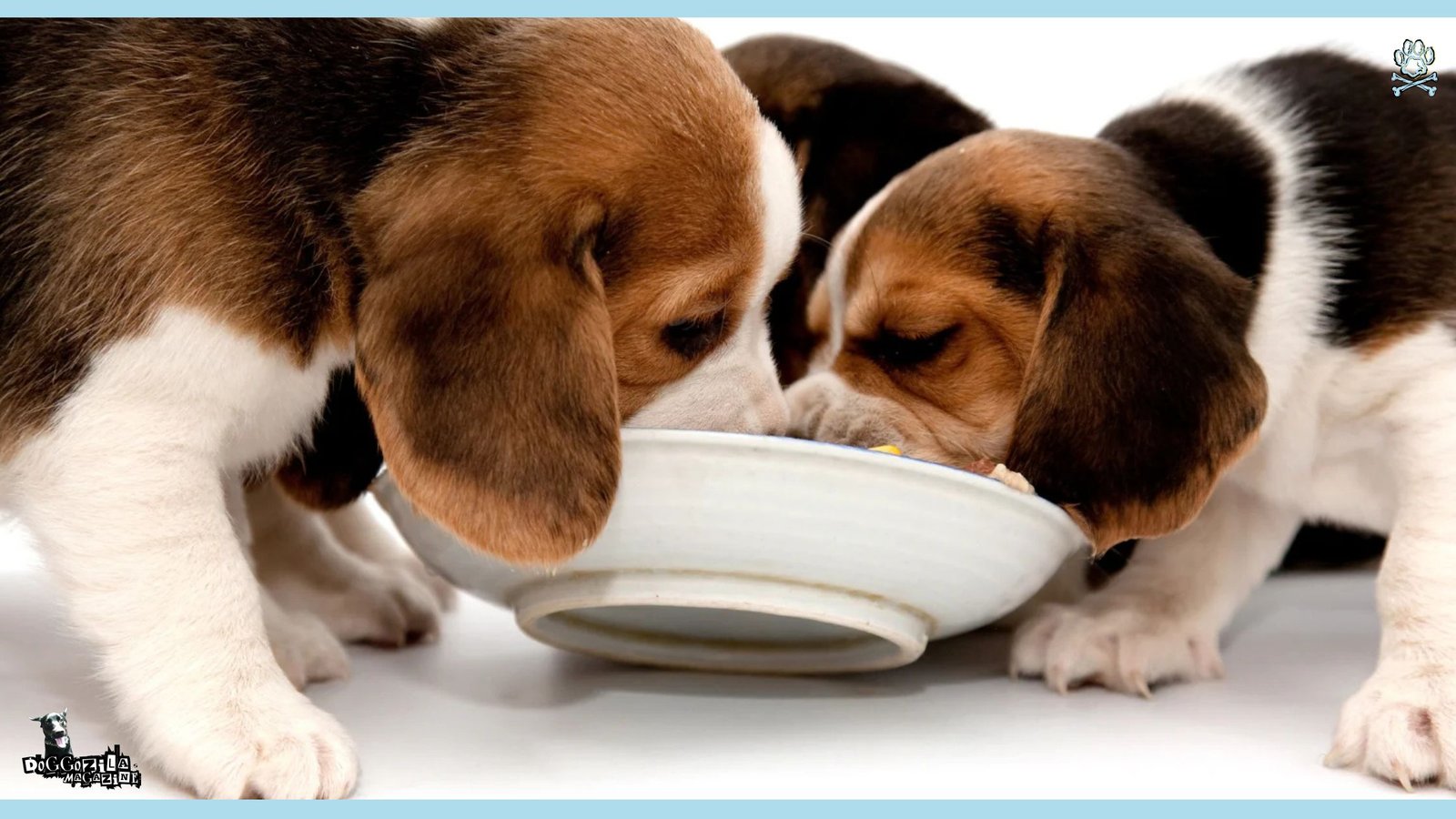
NAVIGATING COMMON MISTAKES IN YOUR DOG FEEDING SCHEDULE
Even with the best intentions, it’s easy to make mistakes that can throw off your carefully planned dog feeding guide. Suddenly, a balanced diet can become excessive without you even realizing it. Recognizing the common pitfalls is the first step to avoiding them and keeping your dog on a healthy track.
One of the most common errors is free-feeding, or leaving food out all day, which can lead to overeating and weight gain. Another misstep is over-treating, as those little snacks can add a significant number of calories to your dog’s daily intake. Furthermore, many owners forget to account for the calories in dental chews or stuffed Kongs.
The Free-Feeding Faux Pas and Natural Mealtime Rhythm
Free-feeding might seem convenient, but it often works against the principles of a structured dog feeding guide. When food is always available, dogs lose their natural mealtime rhythm, and it becomes impossible to monitor their exact intake. This can be especially problematic in multi-dog households, where one dog might eat more than their fair share.
Without scheduled meals, you also miss early warning signs of a decreased appetite, which can be a symptom of illness. Transitioning to scheduled meals helps regulate their digestion and makes house-training easier. A consistent schedule is a cornerstone of any effective dog feeding guide.
How Treats Can Disrupt Your Feeding Schedule
We all love to reward our dogs, but treats should be just that, a treat, not a main course. As a general rule, treats should not make up more than 10% of your dog’s total daily calories. Unfortunately, it’s easy to exceed this limit with high-calorie training treats or scraps from the table.
These extra calories can quickly lead to weight gain, undermining your dog feeding guide. Instead, opt for low-calorie treats like small pieces of vegetables (e.g., carrots or green beans) or use a portion of their daily kibble for training. This way, you can reward good behavior without sabotaging their nutritional balance.
Related Article Recommendation:
Treats In Dog’s Diet: The Pup’s Sweet Spot
The Importance of Accurate Measuring in Your Dog Feeding Guide
“Eyeballing” your dog’s food is a recipe for inconsistency in your dog feeding guide. Using a standard 8-ounce measuring cup is far more accurate than using a coffee mug or scooping directly from the bag. For even greater precision, especially for small dogs, consider using a kitchen scale to measure food by weight.
This eliminates the variability that can occur when you scoop kibble, as some pieces pack down more than others. Consistent, accurate measuring is the simplest way to ensure your dog gets the exact amount of nutrition they need every single day. It’s a small habit that makes a huge difference in the long run.
🔑 Key Points: Avoid common mistakes like free-feeding (leaving food out all day) and over-treating, as these can easily lead to weight gain and undermine your carefully planned feeding guide.
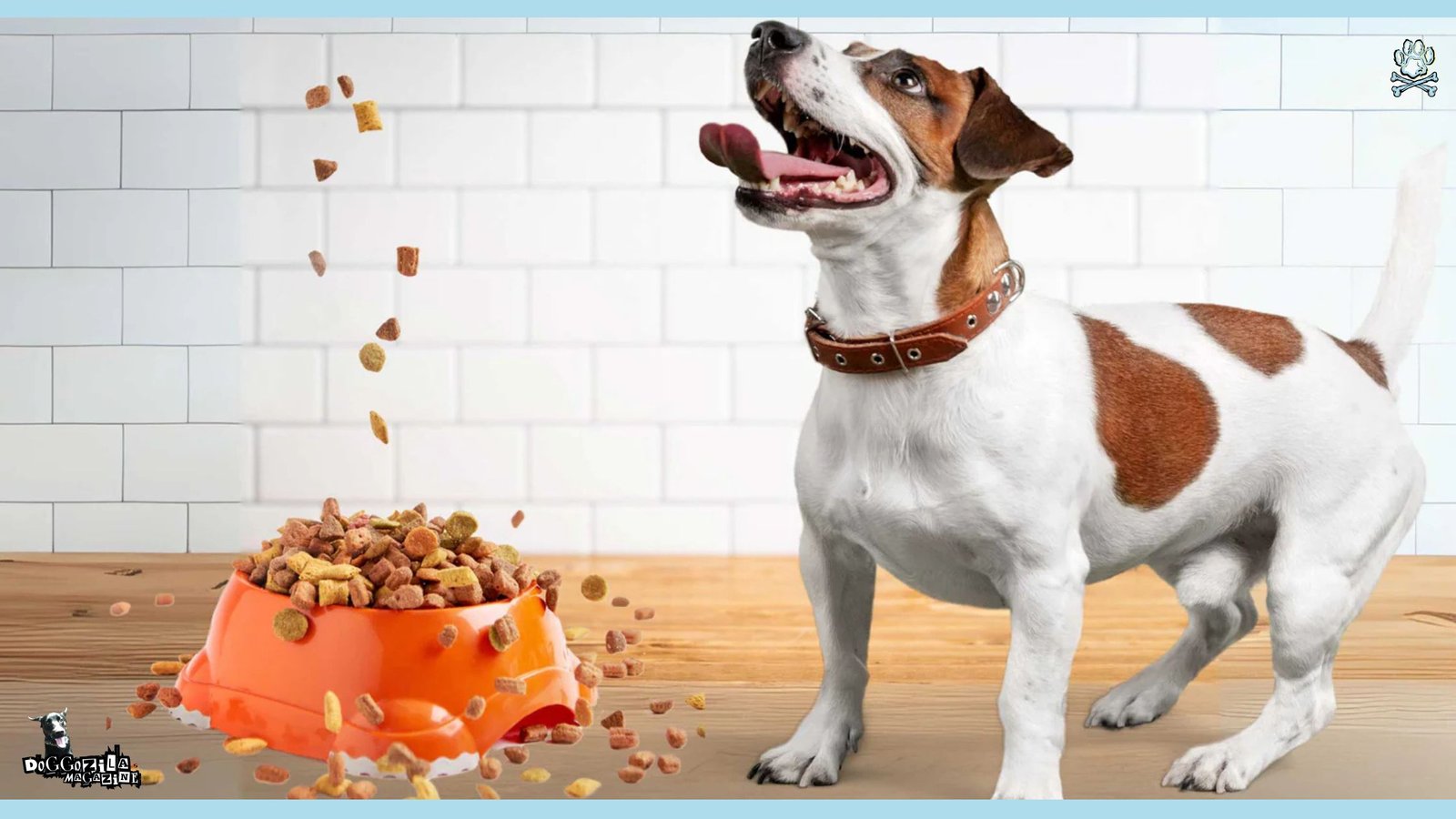
CHOOSING THE RIGHT FOOD FOR YOUR DOG FEEDING GUIDE
The foundation of any great dog feeding guide is, of course, the food itself. With countless options on the shelf, from kibble and canned to raw and fresh-prepared, the choice can feel overwhelming. The best food for your dog depends on their age, size, activity level, and any specific health concerns.
Look for a food that meets AAFCO (Association of American Feed Control Officials) guidelines for your dog’s life stage. Ultimately, the right food is one that your dog thrives on, with a shiny coat, good energy, and solid stools. Don’t be afraid to try different high-quality options until you find the perfect fit for your dog.
Deciphering Dog Food Ingredients
The ingredient list on a dog food bag can look like a complex chemical puzzle, but understanding the basics is empowering. Ingredients are listed by weight, so the first few items are the most prominent. Look for a named animal protein source, like “deboned chicken” or “salmon,” as the first ingredient.
Be wary of vague terms like “meat by-products” or excessive fillers like corn and wheat. However, remember that ingredients don’t tell the whole story; the guaranteed analysis and nutritional adequacy are equally important. Use this knowledge to make an informed choice that aligns with the goals of your dog feeding guide.
Dry vs. Wet Food in Your Feeding Schedule
The debate between dry kibble and wet canned food is a common one, and both have their place in a dog feeding guide. Dry food is convenient, cost-effective, and can help scrape tartar from teeth. Wet food is highly palatable, great for picky eaters, and provides essential moisture, which is beneficial for dogs who don’t drink much water. Many owners find a mixed feeding approach works best, offering the dental benefits of kibble and the hydration and taste of wet food. You can experiment to see what combination keeps your dog happiest and healthiest.
The Role of Life Stage Formulas
Puppy, adult, and senior formulas are specifically designed to meet the nutritional needs of dogs at different points in their lives. Puppy food is calorie-dense and rich in nutrients like DHA to support brain development. Adult maintenance food provides balanced nutrition for a stable lifestyle.
Senior formulas often have fewer calories, more fiber, and added supplements like glucosamine for joint health. Feeding a formula appropriate for your dog’s life stage is a fundamental part of a responsible dog feeding guide. It ensures they get the specific nutrients they need when they need them most.
🔑 Key Points: The foundation of a good feeding guide is choosing a food appropriate for your dog’s life stage (puppy, adult, senior) that meets AAFCO guidelines and results in a healthy coat, good energy, and solid stools.

YOUR JOURNEY WITH A TRUSTED DOG FEEDING SCHEDULE
Mastering your dog’s nutrition is a continuous journey of learning and adaptation. Start with the guidelines, but always let your dog’s individual condition be your ultimate guide. Remember, even the best dog feeding guide is a starting point for your own observations.
Embrace the adventure of finding what works best for your furry family member, and don’t hesitate to seek professional advice. The bond you share with your dog is unique, and tailoring their nutrition is a profound way to honor that connection. Here’s to many more years of happy, healthy, and delicious mealtimes with your best friend.
Celebrating Success When Your Dog Is Healthy and Happy
Take a moment to appreciate the positive changes you’ve made by implementing a structured dog feeding guide. Maybe your dog has more energy for walks, their coat is shinier, or they’ve reached a healthy weight. These victories, big and small, are worth celebrating!
Share your success with fellow dog owners, your experience could inspire them to take a closer look at their own feeding routines. Remember, your commitment to their well-being is a powerful act of love. Keep up the fantastic work, and continue to enjoy the journey of pet parenthood.
When to Re-Evaluate Your Feeding Schedule
Your dog’s needs are not static, so your dog feeding guide shouldn’t be either. It’s important to re-evaluate your plan regularly, especially during times of change. Significant life events, like a change in activity level, a diagnosis of a health condition, or simply advancing age, are all cues to reassess.
Schedule regular weigh-ins and body condition assessments to catch any subtle shifts early. Your veterinarian is your best partner in this process, providing valuable insights and adjustments. A dynamic dog feeding guide is a responsive one, always aligned with your dog’s current reality.
Share the Wisdom After You Master The Dog Feeding Schedule
Now that you’re equipped with the knowledge to create a fantastic dog feeding guide, pay it forward! Share what you’ve learned with other pet parents who might be struggling with the same questions you once had. Talk to friends at the dog park about portion control or the importance of reading labels.
Try The Dog Food Calorie Calculator
Click HERE or on the Picture Above To Enter The Dog Food Calorie Calculator
Your firsthand experience is incredibly valuable and can help improve the lives of other dogs in your community.
Together, we can create a world where every dog is fed with knowledge, care, and a whole lot of love.
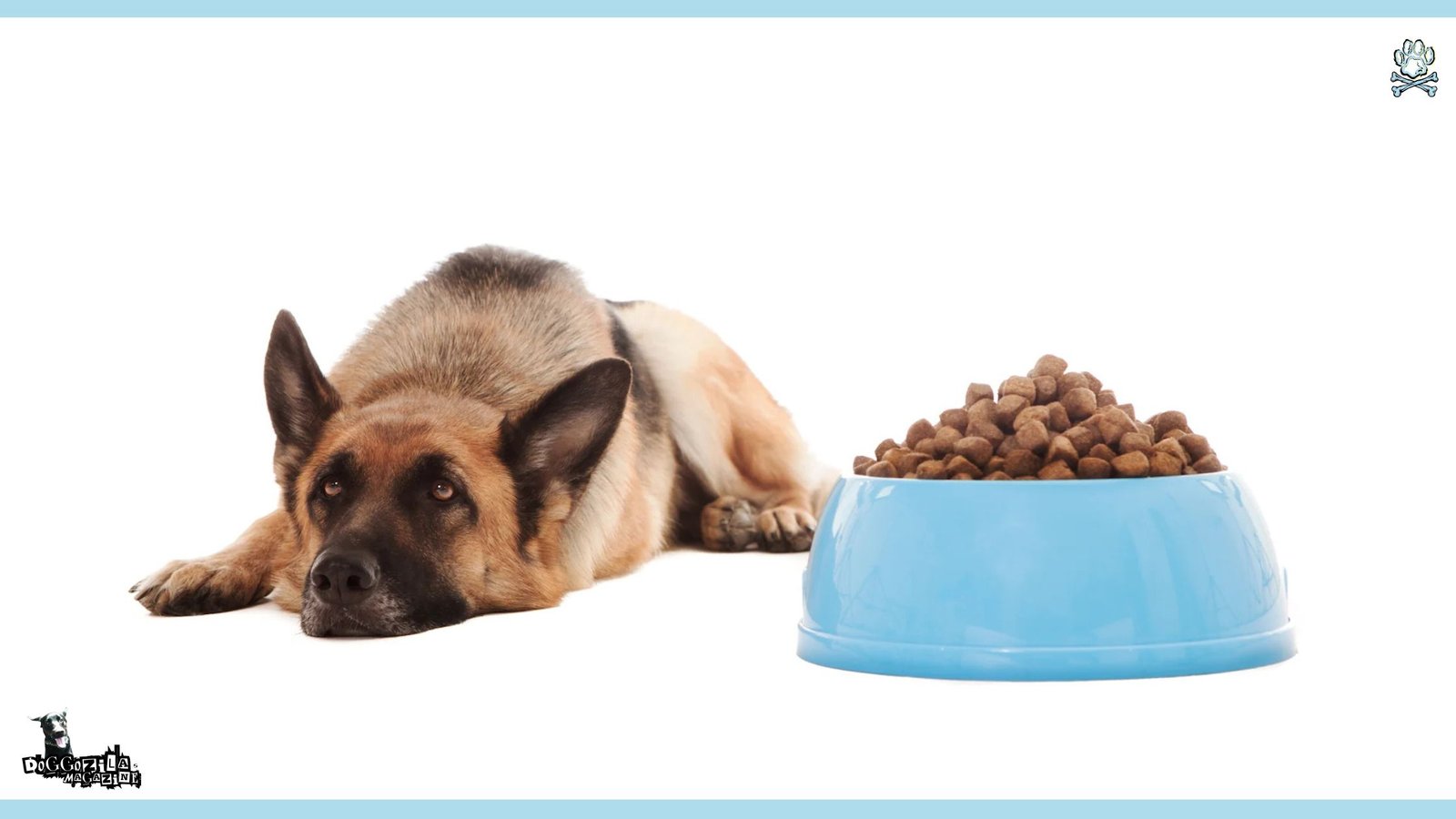
Following a precise feeding guide is a proactive investment in your dog’s long-term wellness, helping to maintain a healthy weight, reduce strain on joints and organs, and prevent future health issues.
